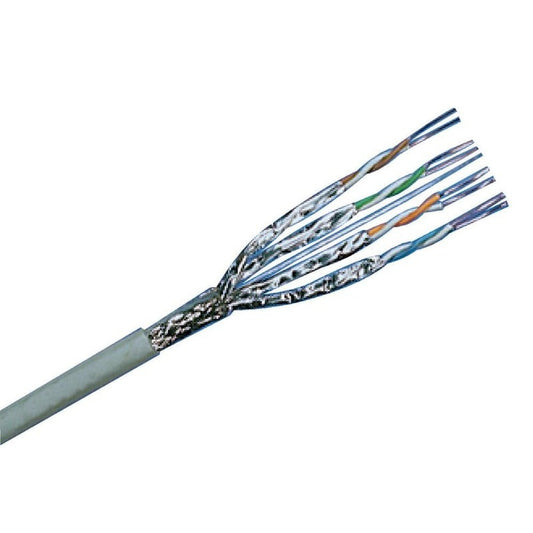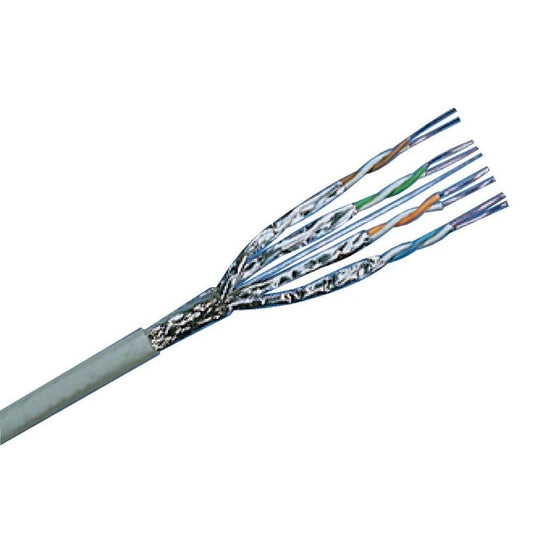
Network Cabling
Voice and data cabling is a critical piece of infrastructure.— It’s the backbone that gets, and keeps, your network and all network devices up and running.
What is Voice and Data Cabling?
Voice and data cabling is also known as structured cabling or ethernet cabling, and consists of having the right cables installed in the right way and at the right locations to allow for transferring data to the right places. These cables are the center of a network that powers computer systems, connects wireless devices, phone systems, copiers, and more.
Physical cables of various types run from individual equipment to a centralized hub (i.e. server room, telecom closet, etc.). They run behind walls, above ceiling tiles, and even under raised flooring. All to ensure that businesses can keep communication flowing, both within and outside of their physical walls.
Companies of all sizes can benefit from a structured voice and data cabling system.
-
Nearly seamless technology upgrades
One of the great benefits of voice and data cabling and creating a structured system is that as technology evolves, you’ll only need to upgrade your end user equipment, not the whole system. Put the time, money and effort in now, reap the benefits long term.
-
Optimal network performance
The tools you use to operate your business day-to-day require a reliable cabling infrastructure, with high speed capacity and a lot of bandwidth. Voice and data cabling ensures optimal performance from your network. This is not only good for efficient and seamless operation, but also avoids costly downtime.
-
Ongoing growth without the headache
A well-planned voice and data network will keep you ahead of the competition. Having a streamlined cabling system allows your productivity to continue, by simply upgrading technology and plugging into the existing cabling system. With proper maintenance and upkeep, you should be able to reap the benefits of your cabling system for many years to come.
There are 4 major voice and data cabling standards, each with its own benefits.
-
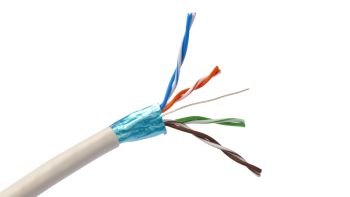
CAT5e
CAT5e (Enhanced Category 5) cabling is one of the most commonly used in the industry today. An upgrade from CAT5 (Category 5), CAT5e supports bandwidth up to 100 MHz, and Gbps up to 180 feet. It is the most cost-effective due to the high usage, as well as fairly high bandwidth capacity. There are also higher testing standards so crosstalk is minimal.
-
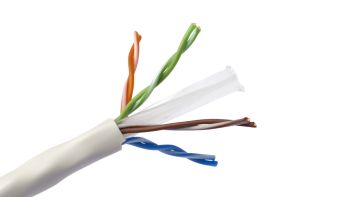
CAT6
CAT6 (Category 6) cabling is a bit of an upgrade from CAT5. It can support up to 250 MHz of bandwidth up to 180 feet and is designed to run speeds over 1 Gbpg. CAT6 is available with or without shielding, This shielding adds additional protection to the cables internal wires, further minimizing noise interference.
-
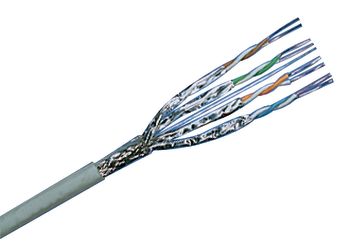
CAT6a
CAT6a (Augmented Category 6) can support speeds of up to 10 Gbps at 500 MHz bandwidth. With CAT6a, you can transmit data over distances of 328 feet, double that of CAT5e or CAT6. Only available as shielded, the CAT6e cable has a much thicker sheathing that gets rid of all crosstalk. Because of the robust design, the cable itself is much denser and less flexible than either CAT5e or CAT6. Well suited for industrial environments.
-
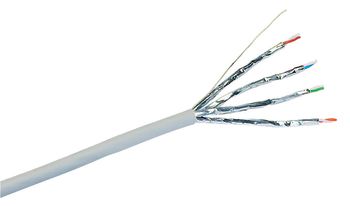
CAT7
CAT7 (Category 7) allows for 10 Gbps and comes with an extra bandwidth capacity of 600 MHz. CAT7 added shielding on individual wire pairs inside the cable to further reduce crosstalk and system noise. This additional shielding, however, makes it the least flexible of all of the options. CAT7 is considered difficult to work with and used mainly in larger companies and data centers.
We offer complete cabling solutions by determining your needs for voice and data through an audit and then implement the right Cat 5, Cat 5e, Cat 6, Cat 7 and Fiber Optic cabling for you to get the best network connections for the job.
Whether you’re finding your network connection isn’t up to snuff, or you want to ensure the right number of phone jacks or IP data connections in a new office, or you want to ensure that you have the proper voice connection for digital phones, our experts will help you determine the right cabling. We keep up to speed on evolving cabling technology so you’ll always get customized premise wiring solutions that meet requirements.





